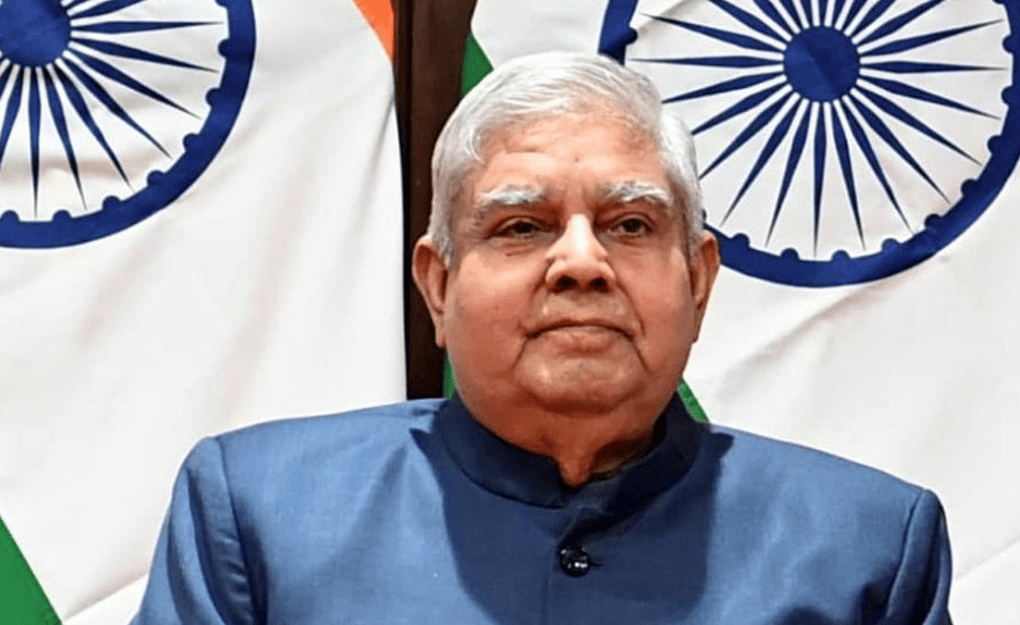The Vice President Election India has once again captured national attention following the unexpected resignation of Vice-President Jagdeep Dhankhar in 2025. As the second-highest constitutional office in the country, the Vice-President plays a crucial role in the legislative process and acts as the ex-officio Chairman of the Rajya Sabha. The departure of a sitting Vice-President triggers a well-defined and structured electoral process that is both unique and critical to the functioning of Indian democracy.
Electoral College and Voting System
The Vice President Election India is conducted through an indirect election by an Electoral College comprising the members of both Houses of Parliament — the Lok Sabha and the Rajya Sabha. Unlike the Presidential election, the elected members of state legislative assemblies do not participate in this process. This highlights a crucial distinction: the Vice-President represents Parliament alone, not the broader federation of states.
Voting is carried out through a secret ballot using the single transferable vote (STV) system. In this method, each MP ranks candidates in order of preference. The winner must secure a quota of votes, which is determined by the formula:
(Total valid votes / 2) + 1
This system ensures that the elected candidate has broad support across party lines and helps avoid a simple majority dominance.
Eligibility Criteria for Vice-Presidential Candidates
For a candidate to contest the Vice President Election India, the Constitution of India lays down a few essential eligibility requirements:
- Must be a citizen of India
- Must be at least 35 years of age
- Must be qualified to be a member of the Rajya Sabha
- Must not hold any office of profit under the central or state governments or any local or public authority
Additionally, the nomination of a candidate must be supported by at least 20 proposers and 20 seconders, all of whom must be members of Parliament. The Election Commission of India oversees the entire election process to ensure free, fair, and transparent conduct.
Term and Continuity in Office
The Vice-President of India holds office for a term of five years from the date of assuming charge. However, there is no immediate vacancy if the term expires without a successor in place. The Constitution allows the Vice-President to continue in office until a new one is elected. This ensures continuity in parliamentary proceedings and avoids administrative disruptions.
The Vice-President can also resign voluntarily before completing the term. In such a case, the resignation is submitted to the President of India. The recent resignation of Jagdeep Dhankhar is a reminder of this constitutional flexibility.
Re-Election and Possibility of Multiple Terms
There is no constitutional bar against a person being re-elected as Vice-President. If a former Vice-President decides to run again, they are allowed to contest for another term — either consecutively or after a gap. The election process remains unchanged, regardless of the candidate’s prior tenure.
This feature allows experienced politicians to return to office if they still enjoy the support of the Parliament.
Historical Instances of Vice-Presidential Resignations
The Vice President Election India has been conducted several times due to unexpected resignations, not just completion of term. Jagdeep Dhankhar is the third Vice-President in Indian history to resign before completing his term.
- In 1969, V.V. Giri resigned to contest the Presidential election after the death of President Zakir Husain. Giri eventually went on to become President.
- In 1987, R. Venkataraman also resigned from the Vice-President’s office after being elected as the President of India.
- The 2025 resignation of Dhankhar now adds a new chapter, once again triggering the process of electing a successor.
These resignations demonstrate the fluid nature of political leadership in India and the robust framework in place to handle such transitions.
Conclusion
The Vice President Election India is a constitutional process of great significance, reflecting India’s commitment to a structured democratic system. As the nation prepares to elect a new Vice-President following Jagdeep Dhankhar’s resignation, understanding the electoral procedure, eligibility criteria, and historical background becomes vital for informed civic participation.
With Parliament set to play a decisive role, the country once again witnesses its democratic institutions at work, ensuring a smooth and dignified transition in one of the nation’s highest offices.




